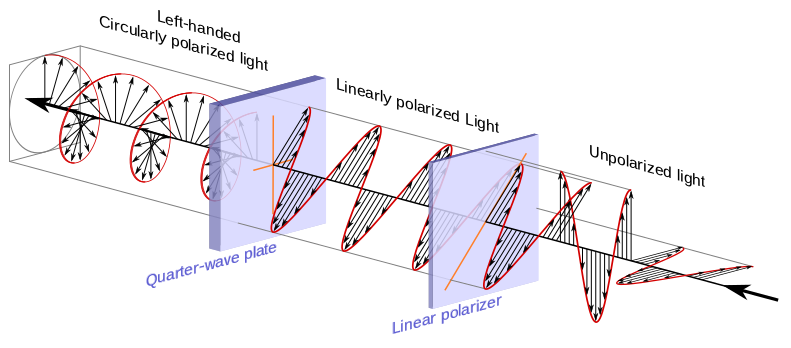Hello all
I'm a painter (canvases not walls) and want to start photographing my paintings instead of paying someone to do it (because it can't be that difficult and the savings I make doing it myself will quickly cover the cost of the equipment).
I will be using the cross polarisation method to get rid of glare (i.e. a polarising gel over the light and then another over the lens).
What lighting kit would people recommend?
Is a flash preferable to a continuous light source for my purposes? And if so, why?
I have been recommended the Elinchrom BRX 500. Is there any reason not to choose these? Obviously I need a full continuous colour spectrum (I can't seem to find whether or not these fit the bill in this regard). My paintings are generally not huge but occasionally I go up to nearly 2 metres tall - will these be powerful enough for that size?
And what are the best neutral polarising gels/foils for the lights? Do all gels fit all lights and if not, what's the optimum combination?
Apologies for naive questions. I'm something of a newbie.
Many thanks in advance
Benjamin.
I'm a painter (canvases not walls) and want to start photographing my paintings instead of paying someone to do it (because it can't be that difficult and the savings I make doing it myself will quickly cover the cost of the equipment).
I will be using the cross polarisation method to get rid of glare (i.e. a polarising gel over the light and then another over the lens).
What lighting kit would people recommend?
Is a flash preferable to a continuous light source for my purposes? And if so, why?
I have been recommended the Elinchrom BRX 500. Is there any reason not to choose these? Obviously I need a full continuous colour spectrum (I can't seem to find whether or not these fit the bill in this regard). My paintings are generally not huge but occasionally I go up to nearly 2 metres tall - will these be powerful enough for that size?
And what are the best neutral polarising gels/foils for the lights? Do all gels fit all lights and if not, what's the optimum combination?
Apologies for naive questions. I'm something of a newbie.
Many thanks in advance
Benjamin.



